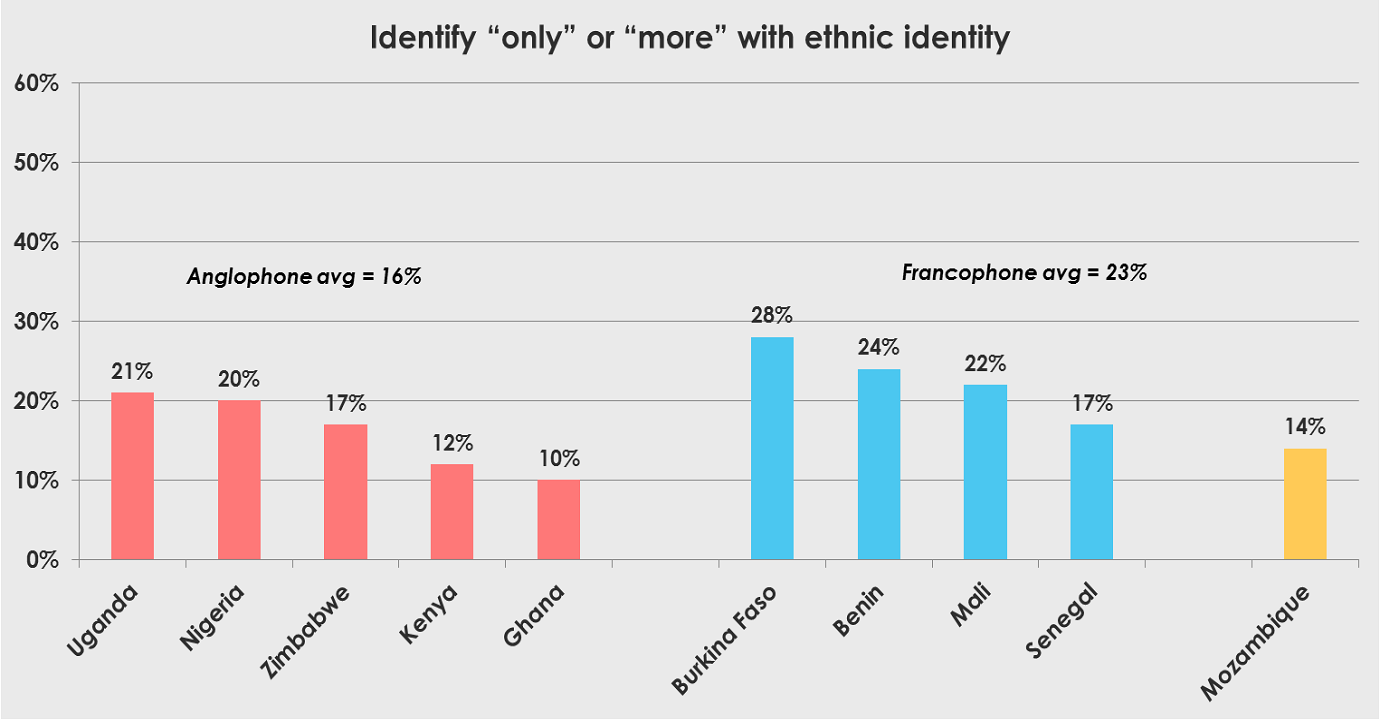
According to UNESCO (2020), approximately 1.2 billion students and youth worldwide are affected by school and university closures because of the COVID-19 pandemic. To adjust to these new circumstances, governments must develop innovative solutions to ensure inclusive learning opportunities during this period of unprecedented educational disruption. This is especially true in African countries, where despite recent progress traditional education has faced infrastructural challenges and struggled to develop the human resources necessary to address students’ educational needs (Krönke & Olan’g, 2020; United Nations, 2019; UNESCO Institute of Statistics, 2016.
This policy paper uses Afrobarometer survey data to look at digital infrastructure, the availability of digital devices at the household level, and digital literacy among African adults. While rates of digital literacy among children are likely to differ, it is important to understand these dynamics among adults for at least two reasons. First, adults are likely to shape children’s access to and experience with technology. Second, understanding current levels of access to devices and levels of digital literacy among adults provides a baseline against which future assessments can measure progress over time.
Survey findings from Afrobarometer Round 7 (2016/2018) show a substantial digital divide both across and within countries, reflected in uneven access to resources such as electricity and unequal access to and use of smartphones and computers. The results suggest that government efforts to redress widespread inequalities need to be increased drastically to avoid the widening of an education gap among their citizens. The paper also discusses the potential benefits of providing smartphones and computers to those who currently do not have access to such devices.

